Druid
Holding a gnarled staff high in the air, an aarakocra stands at the peak of a mountaintop, summoning the fury of the storm as dark cloud swirl around them. As they bring their staff down, striking the stone beneath their feet, explosive bolts of lighting rain down around them, smiting the orcs that scale towards him, blades in hand.
Hiding amidst the shadows of the forest, a black panther peers around the tree it stands behind, silently watching the group of torch wielding bandits that were skulking through the woods. As one of them drew too close to it, the panther pounced on top of them, its claws raking through their neck. The rest of the brigands turned around just in time to see the panther's form shift, first into a tall firbolg, an unnatural look of fury on his face, and then into a massive bear, its clawed arm swinging towards them before they could begin to scream.
An elven girl sits alone in a beautiful fey grove, her eyes closed as she breathed deep. As she released her breath, the grass and flowers began to sway in the wind around her, their colours seeming to turn more bright and vibrant. In an instant, she opened her eyes, the voice of the land guiding her vision through the air, answering her call and telling her what she wishes to know.
Whether calling on the elemental forces of nature or emulating the creatures of the animal world, druids are an embodiment of nature’s resilience, cunning, and fury. They claim no mastery over nature. Instead, they see themselves as extensions of nature’s indomitable will.
Power of Nature
Druids revere nature above all, gaining their spells and other magical powers either from the force of nature itself or from a nature deity. Many druids pursue a mystic spirituality of transcendent union with nature rather than devotion to a divine entity, while others serve gods of wild nature, animals, or elemental forces. The ancient druidic traditions are sometimes called the Old Faith, in contrast to the worship of gods in temples and shrines.
Druid spells are oriented toward nature and animals—the power of tooth and claw, of sun and moon, of fire and storm. Druids also gain the ability to take on animal forms, and some druids make a particular study of this practice, even to the point where many prefer animal form to their natural form.
Preserve the Balance
For druids, nature exists in a precarious balance. The four elements that make up a world—air, earth, fire, and water—must remain in equilibrium. If one element were to gain power over the others, the world could be destroyed, drawn into one of the elemental planes and broken apart into its component elements. Thus, druids oppose cults of Elemental Evil and others who promote one element to the exclusion of others.
Druids are also concerned with the delicate ecological balance that sustains plant and animal life, and the need for civilized folk to live in harmony with nature, not in opposition to it. Druids accept that which is cruel in nature, and they hate that which is unnatural, including aberrations (such as beholders and mind flayers) and undead (such as zombies and vampires). Druids sometimes lead raids against such creatures, especially when the monsters encroach on the druids’ territory.
Druids are often found guarding sacred sites or watching over regions of unspoiled nature. But when a significant danger arises, threatening nature’s balance or the lands they protect, druids take on a more active role in combating the threat, as adventurers.
Creating a Druid
When making a druid, consider why your character has such a close bond with nature. Perhaps your character lives in a society where the Old Faith still thrives, or was raised by a druid after being abandoned in the depths of a forest. Perhaps your character had a dramatic encounter with the spirits of nature, coming face to face with a giant eagle or dire wolf and surviving the experience. Maybe your character was born during an epic storm or a volcanic eruption, which was interpreted as a sign that becoming a druid was part of your character’s destiny.
Have you always been an adventurer as part of your druidic calling, or did you first spend time as a caretaker of a sacred grove or spring? Perhaps your homeland was befouled by evil, and you took up an adventuring life in hopes of finding a new home or purpose. Maybe you set out into the world to see what was out there, hoping to experience all the beauties of nature. Or maybe you were cast out from your druidic tribe, forced to find your way in the world without the company of those who understand the voice of the land.
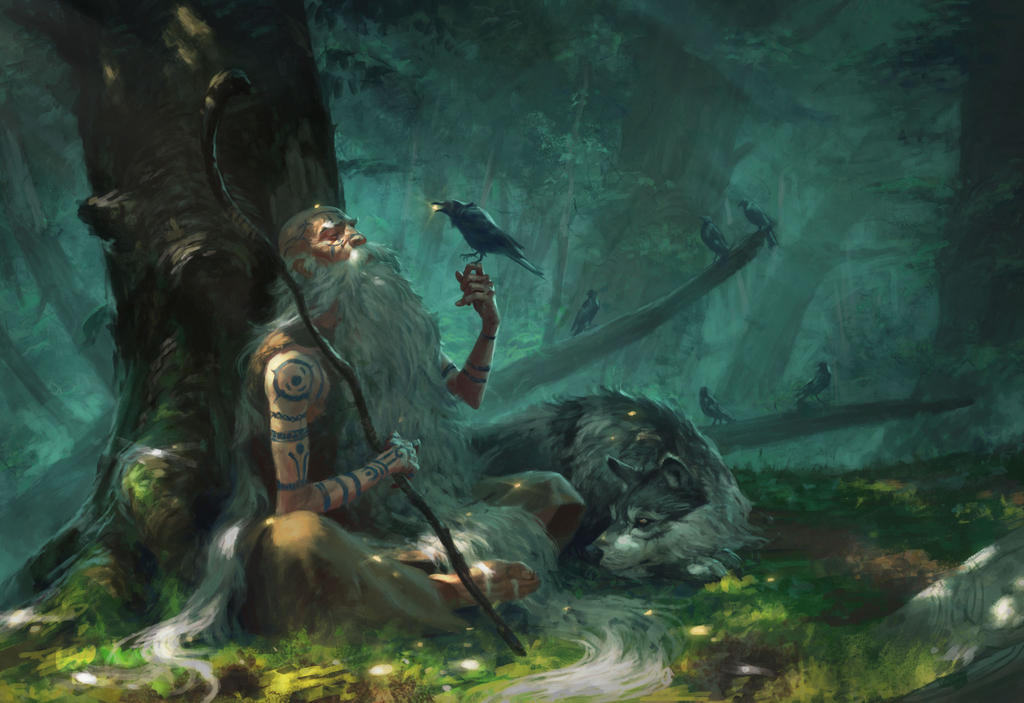

The Druid
| Level | Proficiency Bonus | Features | Cantrips Known | 1st | 2nd | 3rd | 4th | 5th | 6th | 7th | 8th | 9th |
|---|---|---|---|---|---|---|---|---|---|---|---|---|
| 1st | +2 | Spellcasting, Drudic, Wild Shape | 2 | 2 | — | — | — | — | — | — | — | — |
| 2nd | +2 | Druid Circle | 2 | 3 | — | — | — | — | — | — | — | — |
| 3rd | +2 | — | 2 | 4 | 2 | — | — | — | — | — | — | — |
| 4th | +2 | Ability Score Improvement, Wild Shape Improvement | 3 | 4 | 3 | — | — | — | — | — | — | — |
| 5th | +3 | — | 3 | 4 | 3 | 2 | — | — | — | — | — | — |
| 6th | +3 | Druid Circle Feature | 3 | 4 | 3 | 3 | — | — | — | — | — | — |
| 8th | +3 | Ability Score Improvement, Wild Shape Improvement | 3 | 4 | 3 | 3 | 2 | — | — | — | — | — |
| 9th | +4 | — | 3 | 4 | 3 | 3 | 3 | 1 | — | — | — | — |
| 10th | +4 | Druid Circle Feature, Ebb and Flow | 3 | 4 | 3 | 3 | 3 | 2 | — | — | — | — |
| 11th | +4 | — | 4 | 4 | 3 | 3 | 3 | 2 | 1 | — | — | — |
| 12th | +4 | Ability Score Improvement, Wild Shape Improvement | 4 | 4 | 3 | 3 | 3 | 2 | 1 | — | — | — |
| 13th | +5 | — | 4 | 4 | 3 | 3 | 3 | 2 | 1 | 1 | — | — |
| 14th | +5 | Druid Circle Feature | 4 | 4 | 3 | 3 | 3 | 2 | 1 | 1 | — | — |
| 15th | +5 | — | 4 | 4 | 3 | 3 | 3 | 2 | 1 | 1 | 1 | — |
| 16th | +5 | Ability Score Improvement, Wild Shape Improvement | 4 | 4 | 3 | 3 | 3 | 2 | 1 | 1 | 1 | — |
| 17th | +6 | — | 4 | 4 | 3 | 3 | 3 | 2 | 1 | 1 | 1 | 1 |
| 18th | +6 | Beastial Magic, Timeless Body | 4 | 4 | 3 | 3 | 3 | 3 | 1 | 1 | 1 | 1 |
| 19th | +6 | Ability Score Improvement | 4 | 4 | 3 | 3 | 3 | 3 | 2 | 1 | 1 | 1 |
| 20th | +6 | One With the Wild, Wild Shape Improvement | 4 | 4 | 3 | 3 | 3 | 3 | 2 | 2 | 1 | 1 |
Quick Build
You can make a witch quickly by following these suggestions. First, Wisdom should be your highest ability score, followed by Constitution. Second, choose the hermit background.
Class features
As a druid, you gain the following class features.
Hit Points
- Hit Dice: 1d8 per druid
- Hit Points at 1st Level: 8 + your Constitution modifier
- Hit Points at Higher Levels: 1d8 (or 5) + your Constitution modifier per druid level after 1st
Proficiencies
- Armor: Light armor, medium armor, shields
- Weapons: Clubs, daggers, darts, javelins, maces, quarterstaffs, scimitars, sickles, slings, spears
- Tools: Herbalism kit
- Saving Throws: Intelligence, Wisdom
Skills: Choose two from Arcana, Animal Handling, Insight, Medicine, Nature, Perception, Religion, and Survival
Equipment
You start with the following equipment, in addition to the equipment granted by your background:
- (a) a shield or (b) any simple weapon
- (a) an scimitar or (b) any simple weapon
- Leather armor, an explorer's pack, and a druidic focus
Starting Wealth
Alternatively, you can ignore the equipment listed above and in your background, and buy 2d4 x 10gp worth of equipment from chapter 5 of the Player’s Handbook.
Multiclassing
The prerequisite for multiclassing into a druid is a Wisdom of 13. You do not gain any additional proficiencies for multiclassing into druid.
Druidic
You know Druidic, the secret language of druids. You can speak the language and use it to leave hidden messages. You and others who know this language automatically spot such a message. Others spot the message’s presence with a successful DC 15 Wisdom (Perception) check but can’t decipher it without magic.
Spellcasting
Drawing on the divine essence of nature itself, you can cast spells to shape that essence to your will. See chapter 10 of the PHB for the general rules of spellcasting, and the end of this document for the druid spell list.
Cantrips
At 1st level, you know two cantrips of your choice from the druid spell list. You learn additional druid cantrips of your choice at higher levels, as shown in the Cantrips Known column of the Druid table.
Preparing and Casting Spells
The Druid table shows how many spell slots you have to cast your druid spells of 1st level and higher. To cast one of these druid spells, you must expend a slot of the spell’s level or higher. You regain all expended spell slots when you finish a long rest.
You prepare the list of druid spells that are available for you to cast, choosing from the druid spell list. When you do so, choose a number of druid spells equal to your Wisdom modifier + your druid level (minimum of one spell). The spells must be of a level for which you have spell slots.
For example, if you are a 3rd-level druid, you have four 1st-level and two 2nd-level spell slots. With a Wisdom of 16, your list of prepared spells can include six spells of 1st or 2nd level, in any combination. If you prepare the 1st-level spell cure wounds, you can cast it using a 1st-level or 2nd-level slot. Casting the spell doesn’t remove it from your list of prepared spells.
You can also change your list of prepared spells when you finish a long rest. Preparing a new list of druid spells requires time spent in prayer and meditation: at least 1 minute per spell level for each spell on your list.
Spellcasting Ability
Wisdom is your spellcasting ability for your druid spells, since your magic draws upon your devotion and attunement to nature. You use your Wisdom whenever a spell refers to your spellcasting ability. In addition, you use your Wisdom modifier when setting the saving throw DC for a druid spell you cast and when making an attack roll with one.
Spell Save DC
Spell attack modifier
Ritual Casting
You can cast a druid spell as a ritual if that spell has the ritual tag and you have the spell prepared.
Spellcasting Focus
You can use a druidic focus (see the Adventuring Gear section of the PHB) as a spellcasting focus for your druid spells.
Wild Shape
Beginning at 1st level, you can use your action to magically assume the shape of a beast that you have seen before. You can use this feature twice. You regain expended uses when you finish a short or long rest.
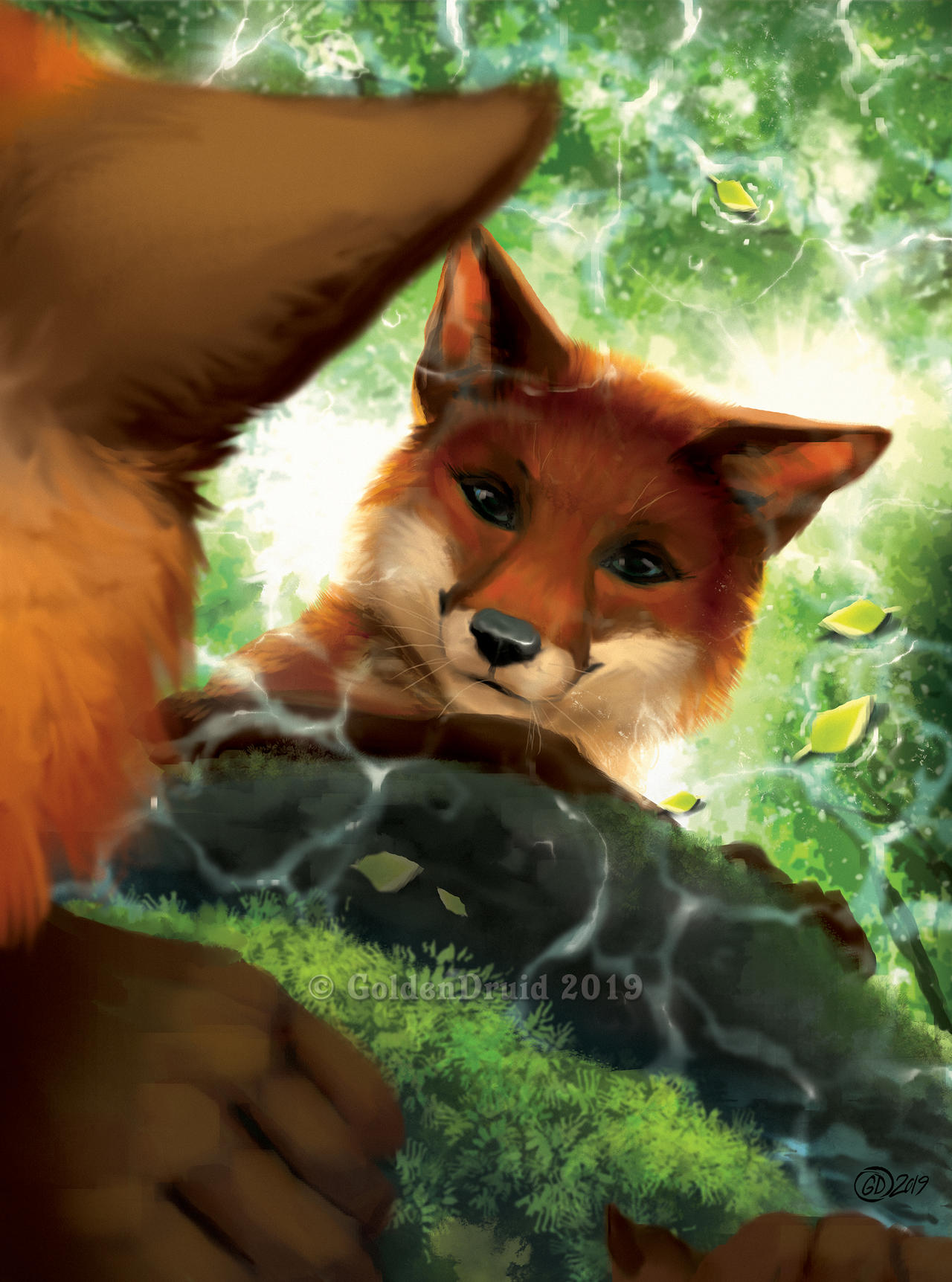
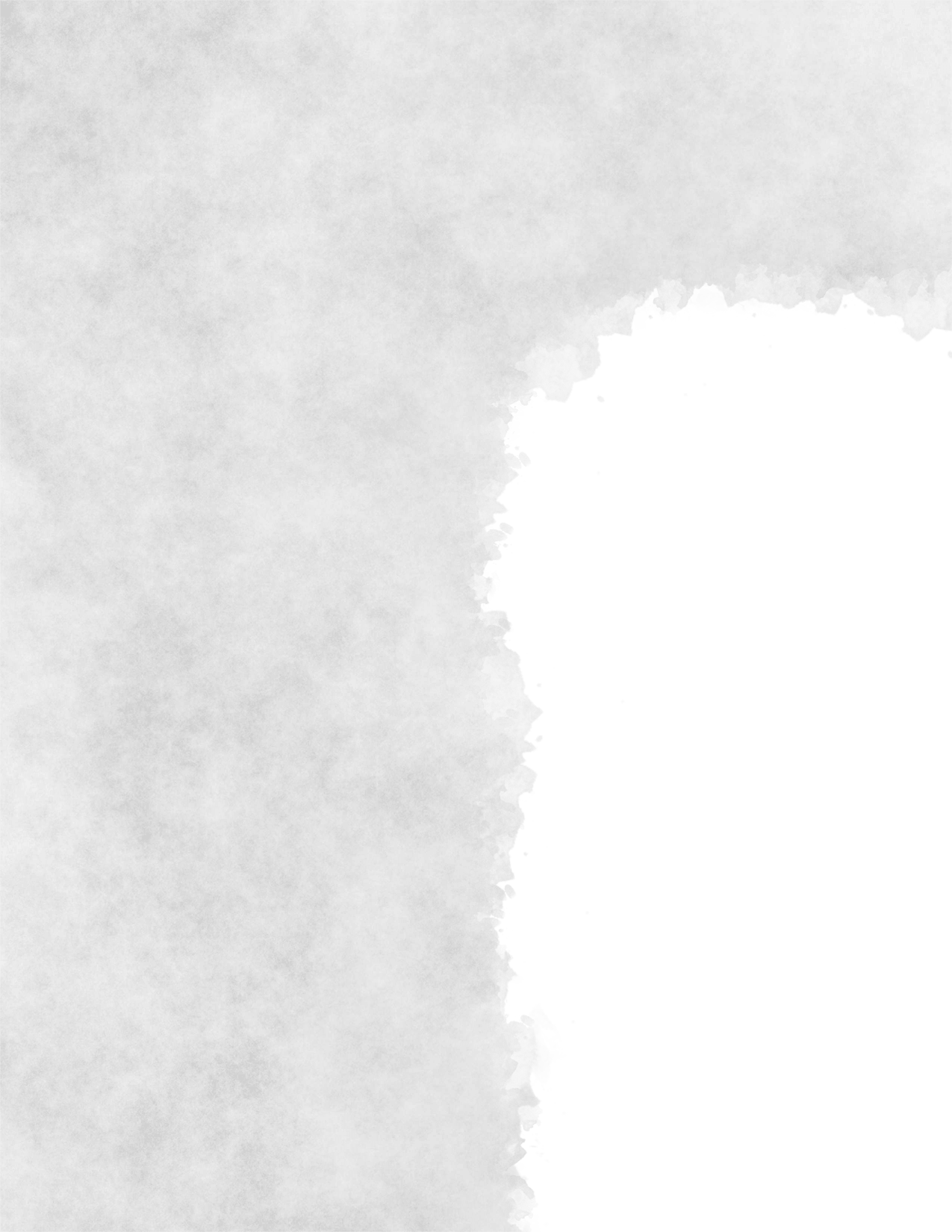
Your druid level determines the beasts you can transform into, as shown in the Beast Shapes table. At 1st level, for example, you can transform into any beast that has a challenge rating of 1/4 or lower that doesn’t have a flying or swimming speed.
Beast Shapes
| Level | Max CR | Limitations | Example |
|---|---|---|---|
| 1st | 1/4 | No flying or swimming speed | Wolf |
| 4th | 1/2 | No flying speed | Crocodile |
| 8th | 1 | - | Giant Eagle |
| 12th | 2 | - | Cave Bear |
| 16th | 4 | - | Elephant |
| 20th | 6 | - | Mammoth |
You can stay in your beast shape for a number of hours equal to half of your druid level (rounded down). You can use a bonus action to change back into your base form early. When you do so, you can use your action to shift back into the same beast without expending another use of your Wild Shape feature. Your current hit points and the amount of time you can stay in this form is the same as when you first changed back.
You remain in your beast form until the duration expires, you revert early as a bonus action, or until you fall to 0 hit points or die.
While you are transformed, the following rules apply:
- Your game statistics are replaced by the statistics of the beast, but you retain your alignment, personality, and Intelligence, Wisdom, and Charisma scores. You also retain all of your skill and saving throw proficiencies, in addition to gaining those of the creature. If the creature has the same proficiency as you and the bonus in the stat block is higher than yours, use the creature's bonus instead of yours. If the creature has legendary or lair actions, you can't use them.
- When you transform, you assume the beast’s hit points and Hit Dice. When you revert to your normal form, you return to the number of hit points you had before you transformed. However, if you revert as a result of dropping to 0 hit points, any excess damage carries over to your normal form. For example, if you take 10 damage in animal form and have only 1 hit point left, you revert and take 9 damage. As long as the excess damage doesn’t reduce your normal form to 0 hit points, you aren’t knocked unconscious.
- You can’t cast spells, and your ability to speak or take any action that requires hands is limited to the capabilities of your beast form. Transforming doesn’t break your concentration on a spell you’ve already cast, however, or prevent you from taking actions that are part of a spell, such as call lightning, that you’ve already cast.
- You retain the benefit of any features from your class, race, or other source and can use them if the new form is physically capable of doing so. However, you can’t use any of your special senses, such as darkvision, unless your new form also has that sense.
- You choose whether your equipment falls to the ground in your space, merges into your new form, or is worn by it. Worn equipment functions as normal, but the DM decides whether it is practical for the new form to wear a piece of equipment, based on the creature’s shape and size. Your equipment doesn’t change size or shape to match the new form, and any equipment that the new form can’t wear must either fall to the ground or merge with it. Equipment that merges with the form has no effect until you leave the form.
Druid Circle
At 2nd level, you choose to identify with a circle of druids: the Circle of Dreams, the Circle of the Moon, the Circle of the Shepard, the Circle of Spores, the Circle of Stars, or the Circle of Wildfire. Your choice grants you features at 2nd level and again at 6th, 10th, and 14th level.
Ability Score Improvement
When you reach 4th level, and again at 8th, 12th, 16th, and 19th level, you can increase one ability score of your choice by 2, or you can increase two ability scores of your choice by 1. As normal, you can’t increase an ability score above 20 using this feature.
Ebb and Flow
Starting at 10th level, you have grown more accustomed to changing your form, allowing you to do it more easily. When you use your Wild Shape feature, you are able to transform into creatures that have a CR of 1/2 or lower without expending a use of the feature.
Beastial Magic
Starting at 18th level, you can cast many of your druid spells in any shape you assume using Wild Shape. You can perform the somatic and verbal components of a druid spell while in a beast shape, but you aren’t able to provide material components.
Timeless Body
Also at 18th level, the primal magic that you wield causes you to age more slowly. For every 10 years that pass, your body ages only 1 year.
One With the Wild
At 20th level, your body aches to shift and change, making changing your form as natural as breathing. You can use your Wild Shape an unlimited number of times, and are able to stay in your beast form indefinitely, until you choose to change back, fall to 0 hit points, or die.
Additionally, while you are in a beast form, you can use a bonus action to transform into a different beast. When you do so, you retain your current hit points if it is less than the maximum hit points of the new creature, or you take the maximum hit points of the new creature if it is less than your current hit points.
Druid Circles
Though their organization is invisible to most outsiders, druids are part of a society that spans the land, ignoring political borders. All druids are nominally members of this druidic society, though some individuals are so isolated that they have never seen any high-ranking members of the society or participated in druidic gatherings. Druids recognize each other as brothers and sisters. Like creatures of the wilderness, however, druids sometimes compete with or even prey on each other.
At a local scale, druids are organized into circles that share certain perspectives on nature, balance, and the way of the druid.
Circle of Dreams (XGE)
Druids who are members of the Circle of Dreams hail from regions that have strong ties to the Feywild and its dreamlike realms. The druids’ guardianship of the natural world makes for a natural alliance between them and good-aligned fey. These druids seek to fill the world with dreamy wonder. Their magic mends wounds and brings joy to downcast hearts, and the realms they protect are gleaming, fruitful places, where dream and reality blur together and where the weary can find rest.
Circle Spells
When you join this circle at 2nd level, your connection to the world of dreams grants you access to new magic. Once you gain access to these spells, you always has it prepared, and it doesn't count against the number of spells you can prepare. If you gain access to a spell that isn't on the druid spell list, the spell is nonetheless a druid spell for you.
Circle of Dreams Spells
| Druid Level | Spells |
|---|---|
| 2nd | Faerie Fire, Sleep |
| 3rd | Calm Emotions, Detect Thoughts |
| 5th | Blink, Catnap |
| 7th | Compulsion, Confusion |
| 9th | Awaken, Geas |
Balm of the Summer Court
At 2nd level, you become imbued with the blessings of the Summer Court. You are a font of energy that offers respite from injuries. You have a pool of fey energy represented by a number of d6s equal to your druid level. As a bonus action, you can choose an ally you can see within 120 feet of you and spend a number of those dice equal to half your druid level or less. Roll the spent dice and add them together. The target regains a number of hit points equal to the total. The target also gains 1 temporary hit point per die spent.
You regain the expended dice when you finish a long rest.
Hearth of Moon and Shadow
At 6th level, home can be wherever you are. During a short or long rest, you can invoke the shadowy power of the Gloaming Court to help guard your respite. At the start of the rest, you touch a point in space, and an invisible, 30-foot-radius sphere of magic appears, centered on that point. Total cover blocks the sphere.
While within the sphere, you and your allies gain a +5 bonus to Dexterity (Stealth) and Wisdom (Perception) checks, and any light from open flames in the sphere (a campfire, torches, or the like) isn't visible outside it. The sphere vanishes at the end of the rest or when you leave the sphere.
Walker in Dreams
At 14th level, the magic of the Feywild grants you the ability to travel mentally or physically through dreamlands.
When you finish a short rest, you can cast one of the following spells, without expending a spell slot or requiring material components: Dream (with you as the messenger), Scrying, or Teleportation Circle.
This use of Teleportation Circle is special. Rather than opening a portal to a permanent teleportation circle, it opens a portal to the last location where you finished a long rest on your current plane of existence. If you haven't taken a long rest on your current plane, the spell fails but isn't wasted.
Once you use this feature, you can't use it again until you finish a long rest.

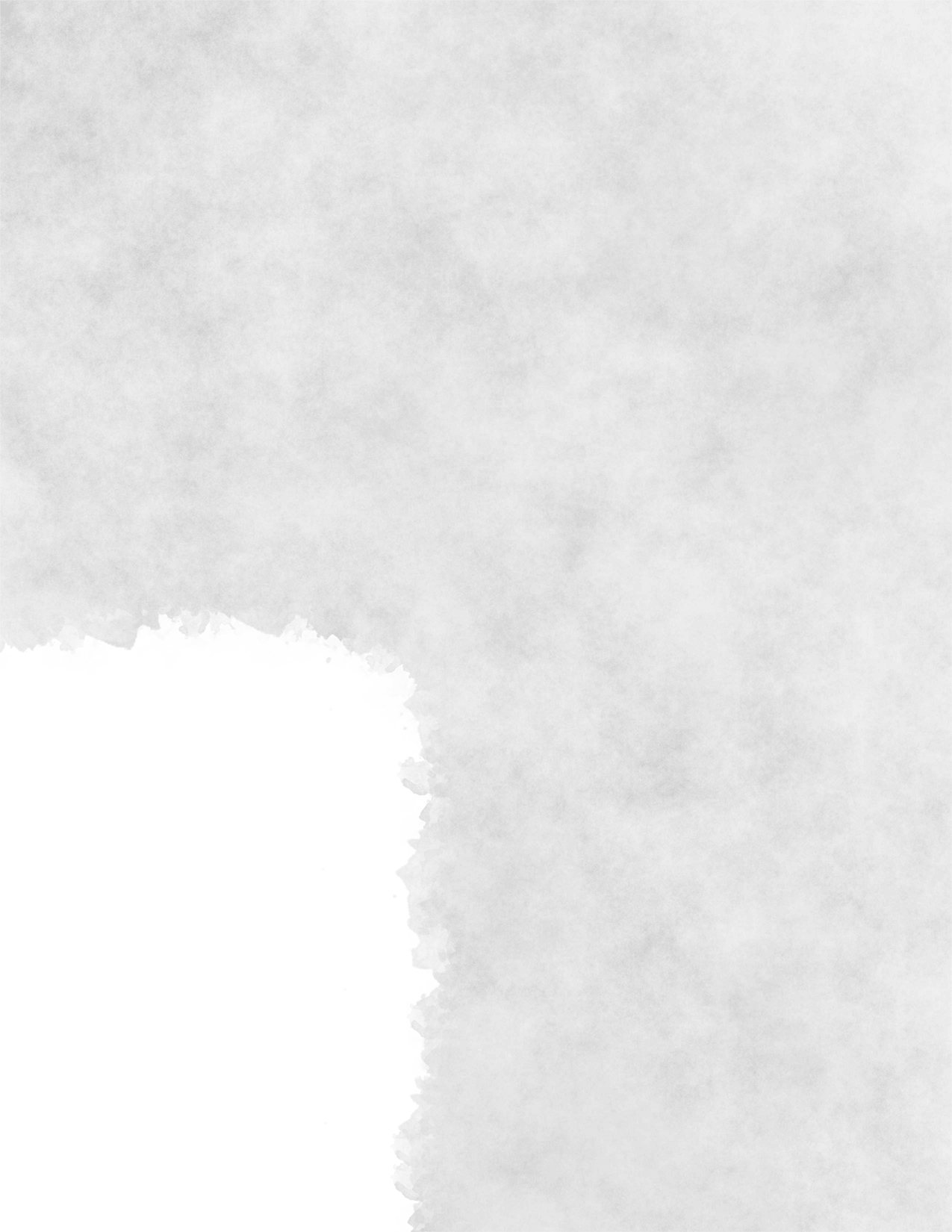

Circle of the Forest (New)
When most people think of druids, they think of those that follow the Circle of the Forest; guardians of the forest that hide themselves within the depths of the woods, protecting their groves and the creatures that reside within their homes. These druids have a deep connection with plants that goes far beyond a normal druid's, allowing them to easily hide themselves amidst the dense foliage of the forests, with some able to assume the form of a mighty treant.
Circle Spells
When you join this circle at 2nd level, the voices of the trees speak to you, teaching you how to move your magic through them. Once you gain access to these spells, you always has it prepared, and it doesn't count against the number of spells you can prepare. If you gain access to a spell that isn't on the druid spell list, the spell is nonetheless a druid spell for you.
Circle of the Forest Spells
| Druid Level | Spells |
|---|---|
| 2nd | Entangle, Goodberry |
| 3rd | Barkskin, Locate Animals or Plants |
| 5th | Plant Growth, Speak with Plants |
| 7th | Grasping Vine, Guardian of Nature |
| 9th | Tree Stride, Wrath of Nature |
Natural Recovery
Starting at 2nd level, life grows under your touch, allowing you to create a seed of natural magic. At the end of a long rest, you can choose to expend a spell slot of 5th level or lower, creating a seed. As an action, a creature can crush the seed, gaining one of the following benefits of your choice
- The creature regains 1d8 hit points per spell slot level.
- The creature regains a number of spell slots, the total of which must be the same as or lower than the level of the spell slot used to create the seed.
- One poison or disease affecting the creature immediately ends.
You can only create one seed with this feature at a time. If you attempt to create another, the first one shrivels away immediately. Otherwise, the seed lasts until it is used.
One With Nature
At 6th level, you can easily blend in with nature, hiding amidst the leaves and foliage. When you attempt to hide while in an area where plants or foliage are abundant, you are considered to be under the effects of the pass without trace spell.
Additionally, you can pass through nonmagical plants without taking damage from them if they have thorns, spines, or a similar hazard, and you have advantage on saving throws against plants that are magically created or manipulated to impede movement, such as the entangle spell.
Digging Your Roots
At 10th level, while you stand on solid ground, you can create a series of roots that grow from your feet, digging into the ground and drawing life from nature. As an action while you are standing on the ground, you can dig your roots into the ground. For the next minute or until you dismiss this feature as a bonus action, your movement speed is reduced to 0, and you cannot be moved against your will.
Additionally, at the start of your turn, you can choose to expend one hit die, rolling it to regain hit points as you would during a short rest.
Once you use this feature, you cannot do so again until you finish a long rest.
Arboreal Form
At 14th level, you can transform into an avatar of the forest. As an action, you can expend both uses of your Wild Shape feature to transform into a Treant instead of a beast. You assume its statistics as normal, however when you use the Animate Trees action, you can only animate one tree. Additionally, the tree immediately deaminates if you change back to your normal form.
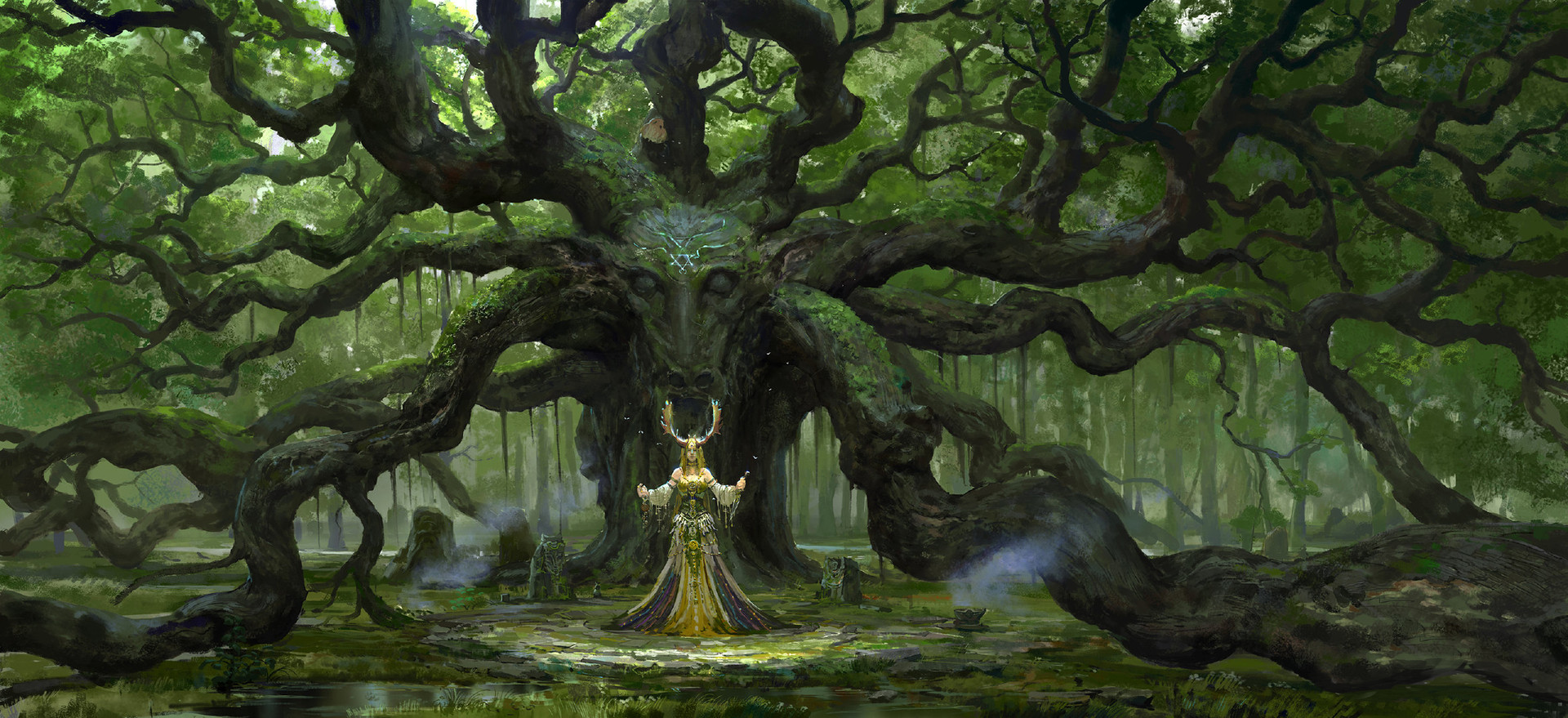
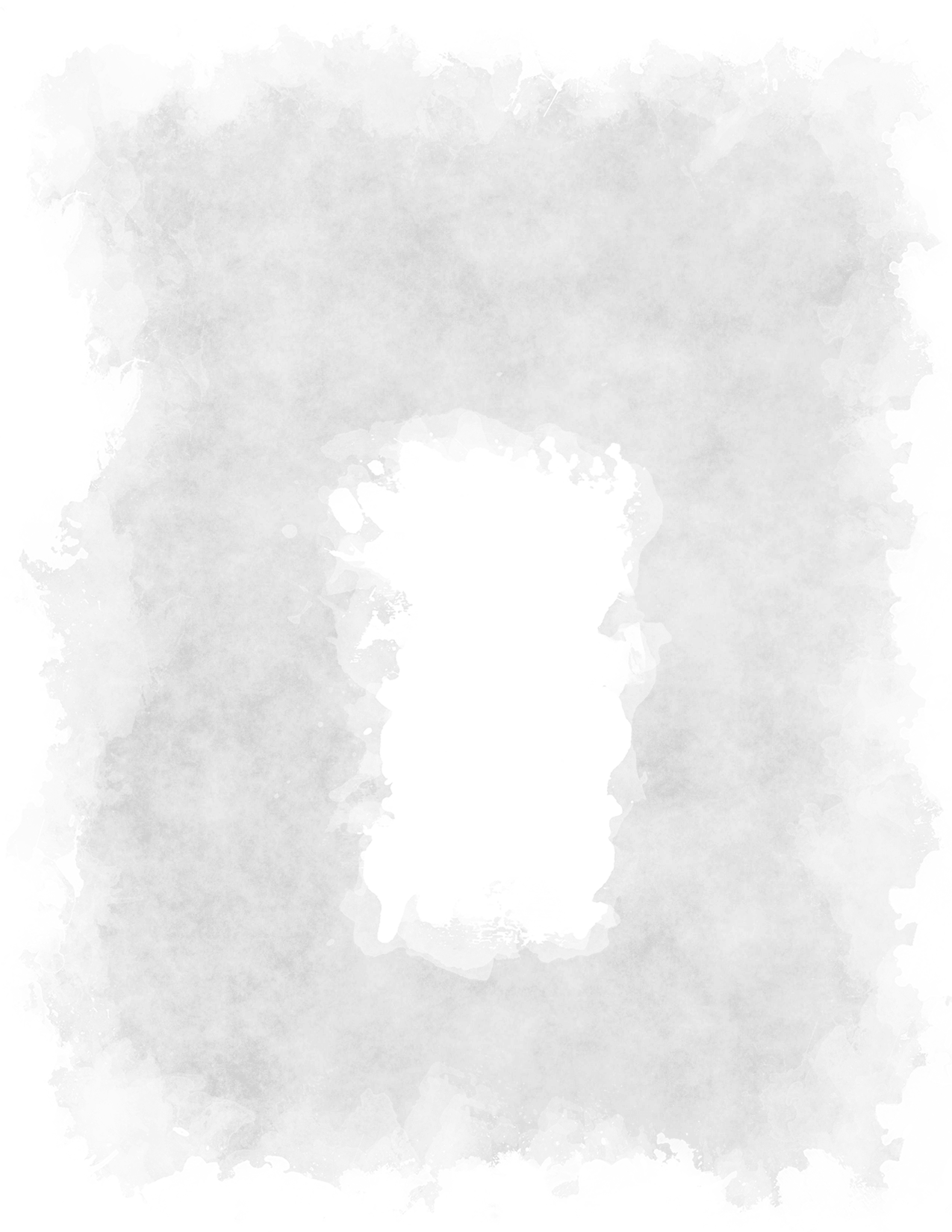





Circle of the Moon (PHB)
Druids of the Circle of the Moon are fierce guardians of the wilds. Their order gathers under the full moon to share news and trade warnings. They haunt the deepest parts of the wilderness, where they might go for weeks on end before crossing paths with another humanoid creature, let alone another druid.
Changeable as the moon, a druid of this circle might prowl as a great cat one night, soar over the treetops as an eagle the next day, and crash through the undergrowth in bear form to drive off a trespassing monster. The wild is in the druid's blood. Many that pursue this path also learn how to bond with the elements, empowering their bestial forms, and potentially learning how to change the forms to embody the elements of the wild, whether that be the swirling winds of the sky, the roaring flames of a volcano, the rough grit of the earth, or the crashing waves of the ocean.
Circle Forms
The rites of your circle grant you the ability to transform into more dangerous animal forms. Starting at 2nd level, you gain the ability to use Wild Shape on your turn as an action or a bonus action.
Additionally, you can use your Wild Shape to transform into a beast with a challenge rating as high as 1. You ignore the Max. CR column of the Beast Shapes table, but must abide by the other limitations there.
Starting at 6th level, you can transform into a beast with a challenge rating as high as your druid level divided by 2, rounded down.
Bestial Healing
Also at 2nd level, when you use your Wild Shape feature to transform, you can expend a spell slot, rolling a number of d8s equal to the slot's level, and gaining a number of temporary hit points equal to the result. These temporary hit points disappear if you change back into your base form early.
Primal Strikes
Starting at 6th level, when you hit a creature with an attack roll while in beast form, you can choose to replace the damage type with one of the following: acid, cold, fire, lightning, or thunder. If your form has multiattack, any subsequent attacks deal the same damage type as the first attack.
Elemental Forms
At 10th level, you can expend two uses of your Wild Shape feature to transform into an elemental, instead of a beast. The same rules apply for this use of Wild Shape, including the maximum CR of the creature you can turn into.
Thousand Shapes
By 14th level, you have learned to use magic to alter your physical form in more subtle ways. You can cast the alter self spell at will. When you cast the spell in this way, you do not need to concentrate on it.

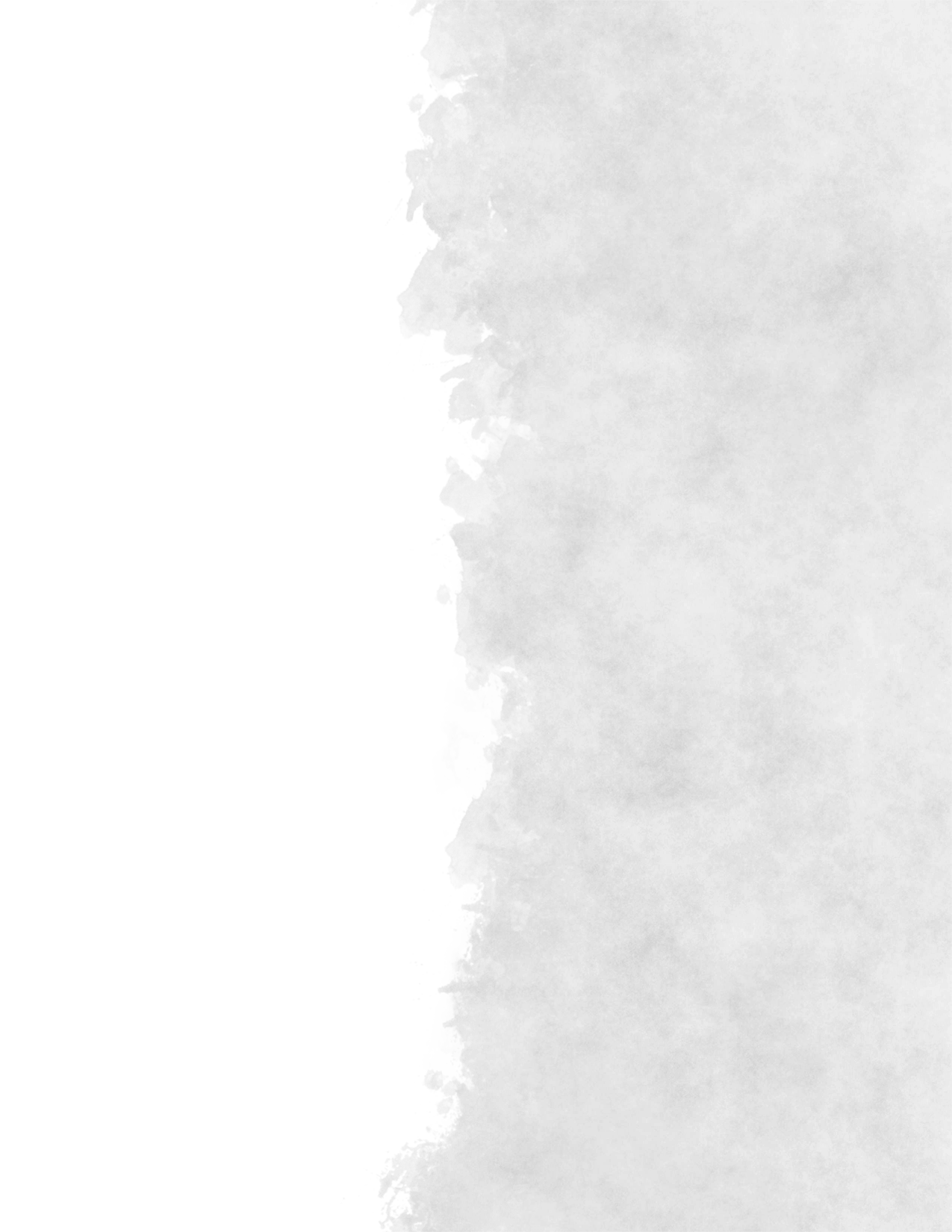

Circle of the Shepard (XGE)
Druids of the Circle of the Shepherd commune with the spirits of nature, especially the spirits of beasts and the fey, and call to those spirits for aid. These druids recognize that all living things play a role in the natural world, yet they focus on protecting animals and fey creatures that have difficulty defending themselves. Shepherds, as they are known, see such creatures as their charges. They ward off monsters that threaten them, rebuke hunters who kill more prey than necessary, and prevent civilization from encroaching on rare animal habitats and on sites sacred to the fey.
Many of these druids are happiest far from cities and towns, content to spend their days in the company of animals and the fey creatures of the wilds. Members of this circle become adventurers to oppose forces that threaten their charges or to seek knowledge and power that will help them safeguard their charges better. Wherever these druids go, the spirits of the wilderness are with them.
Speech of the Woods
At 2nd level, you gain the ability to converse with beasts and many fey. You learn to speak, read, and write Sylvan. In addition, you are able to convey simple ideas and concepts to beasts, and understand what they are trying to convey through their noises and motions in turn.
Spirit Totem
Starting at 2nd level, you gain the ability to call forth nature spirits and use them to influence the world around you.
As a bonus action, you can magically summon an incorporeal spirit to a point you can see within 60 feet of you. The spirit creates an aura in a 30-foot radius around that point. It counts as neither a creature nor an object, though it has the spectral appearance of the creature it represents. As a bonus action, you can move the spirit up to 60 feet to a point you can see.
The spirit persists for 1 minute. Once you use this feature, you can’t use it again until you finish a short or long rest.
The effect of the spirit’s aura depends on the type of spirit you summon from the options below.
Bear Spirit. The bear spirit grants you and your allies its might and endurance. Each creature of your choice in the aura when the spirit appears gains temporary hit points equal to 5 + your druid level. In addition, you and your allies gain advantage on Strength checks and Strength saving throws while in the aura.
Hawk Spirit. The hawk spirit is a consummate hunter, aiding you and your allies with its keen sight. When a creature makes an attack roll against a target in the spirit’s aura, you can use your reaction to grant advantage to that attack roll. In addition, you and your allies have advantage on Wisdom (Perception) checks while in the aura.
Unicorn Spirit. The unicorn spirit lends its protection to those nearby. You and your allies gain advantage on all ability checks made to detect creatures in the spirit’s aura. In addition, if you cast a spell using a spell slot that restores hit points to any creature inside or outside the aura, each creature of your choice in the aura also regains hit points equal to your druid level.
Mighty Summoner
At 6th level, you learn to manifest your inner beast as a spirit guide. As an action, you can expend a use of your Wild Shape feature to summon a beast that you are able to transform into. The beast appears in an unoccupied space of your choice within 30 feet of you, and remains for a number of hours equal to half your druid level, or until you dismiss them (no action required). The beast does not disappear if you use your Wild Shape feature to transform, however you cannot summon two beasts using this feature at once.
The beast is friendly to your and your allies, and obeys your commands to the best of its abilties. When you summon the beast, it gains a number of temporary hit points equal to two times your druid level, and its attacks are considered magical for the sake of overcoming resistance. In combat, the beast shares your initiative, acting right before or after you (your choice).
Guardian Spirit
Beginning at 10th level, your Spirit Totem safeguards the beasts and fey that you call forth with your magic. When a beast or fey that you summoned or created with a spell ends its turn in your Spirit Totem aura, that creature regains a number of hit points equal to half your druid level.
Caller of the Wilds
At 14th level, the wilds come to your aid in times of need, calling upon creatures even beyond what you are capable of becoming. When you are reduced to 0 hit points or incapacitated against your will, you can immediately use your Mighty Summoner feature.
Additionally, when you use your Mighty Summoner feature, you can expend two uses of your Wild Shape to summon a beast that has a CR up to two times as high as you normally could. For example, if the maximum CR you could summon or transform into is 2, then you can use this feature to summon a beast that is of CR 4 or lower.
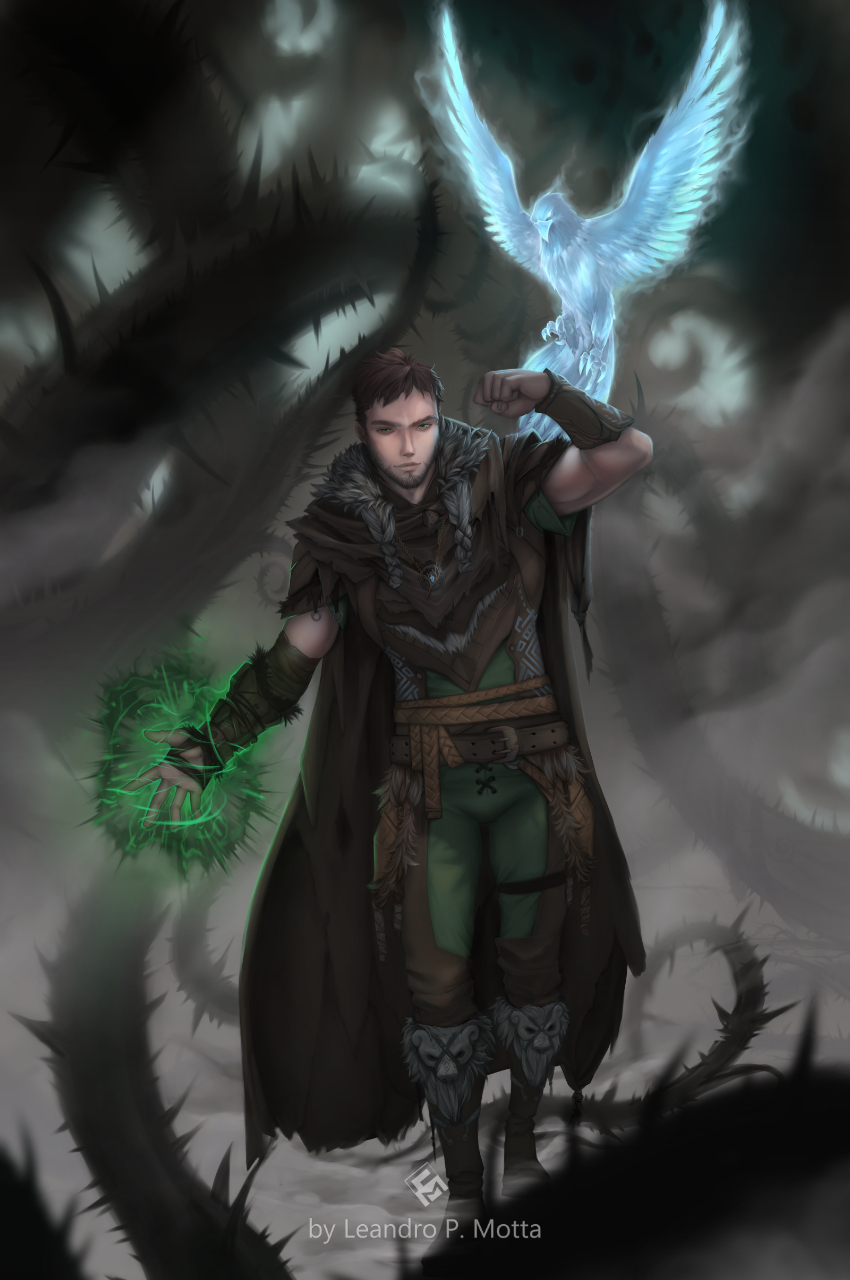


Circle of Spores (TCE)
Druids of the Circle of Spores find beauty in decay. They see within mold and other fungi the ability to transform lifeless material into abundant, albeit somewhat strange, life. These druids believe that life and death are parts of a grand cycle, with one leading to the other and then back again. Death isn't the end of life, but instead a change of state that sees life shift into a new form.
Druids of this circle have a complex relationship with the undead. They see nothing inherently wrong with undeath, which they consider to be a companion to life and death. But these druids believe that the natural cycle is healthiest when each segment of it is vibrant and changing. Undead that seek to replace all life with undeath, or that try to avoid passing to a final rest, violate the cycle and must be thwarted.
Circle Spells
Your symbiotic link to fungi and your ability to tap into the cycle of life and death grants you access to certain spells. At 2nd level, you learn the chill touch cantrip.
At 3rd, 5th, 7th, and 9th level you gain access to the spells listed for that level in the Circle of Spores Spells table. Once you gain access to one of these spells, you always have it prepared, and it doesn't count against the number of spells you can prepare each day. If you gain access to a spell that doesn't appear on the druid spell list, the spell is nonetheless a druid spell for you.
Circle of Spores Spells
| Druid Level | Spells |
|---|---|
| 2nd | Chill Touch |
| 3rd | Blindness/Deafness, Gentle Repose |
| 5th | Animate Dead, Gaseous Form |
| 7th | Blight, Confusion |
| 9th | Cloudkill, Contagion |
Decaying Touch
Starting at 2nd level, your touch causes creatures to rot and decay. Your melee weapon and spell attacks deal an additional 1d4 necrotic damage to any creature you hit. This damage increases to 1d6 at 10th level.
Halo of Spores
Also at 2nd level, you are surrounded by invisible, necrotic spores that are harmless until you unleash them on a creature nearby. When a creature you can see moves into a space within 10 feet of you or starts its turn there, you can use your reaction to deal 1d4 necrotic damage to that creature unless it succeeds on a Constitution saving throw against your spell save DC. The necrotic damage increases to 1d6 at 6th level, 1d8 at 10th level, and 1d10 at 14th level.
Fungal Infestation
At 6th level, your spores gain the ability to infest a corpse and animate it. If a beast or a humanoid that is Medium or smaller dies within 10 feet of you, you can use your reaction to animate it, temporarily bringing it back to life. The creature obeys your mental commands, taking its turn immediately before or after yours.
At the end of your next turn, the creature dies again as its form decays away. You can use this feature a number of times equal to your Wisdom modifier (minimum of 1), and you regain all uses when you finish a long rest.
Spreading Spores
At 10th level, you gain the ability to seed an area with deadly spores. As a bonus action, you can hurl spores up to 30 feet away, where they swirl in a 10-foot radius for 1 minute. The spores disappear early if you use this feature again, or if you dismiss them as a bonus action.
Whenever a hostile creature moves into the radius or starts its turn there, that creature takes your Halo of Spores damage, unless the creature succeeds on a Constitution saving throw against your spell save DC. A creature can take this damage no more than once per turn.
While the radius of spores persists, you can't use your Halo of Spores reaction.
Fungal Body
At 14th level, your body has become resistant to decay, allowing your spores to reanimate you without risk of decay. You gain resistance to necrotic damage. Additionally, when you a reduced to 0 hit points, you can use your Fungal Infestation feature on yourself, allowing you to act as normal instead of going unconscious. You still make death saving throws as normal while this feature is active, and this feature immediately ends if you regain any hit points or fail three death saving throws.
Once you use this feature, you cannot do so again until you finish a long rest.


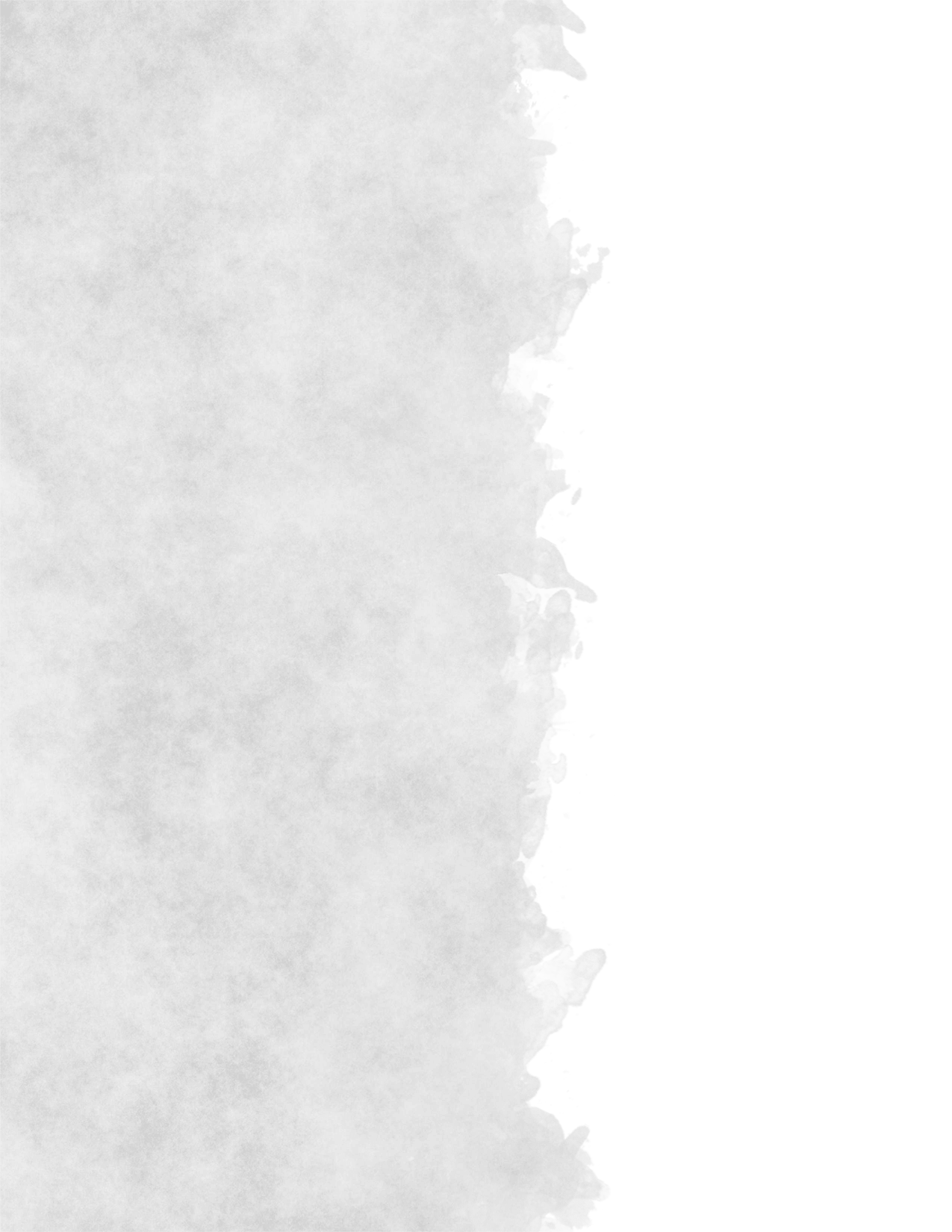
Circle of Stars (TCE)
The Circle of Stars allows druids to draw on the power of starlight. These druids have tracked heavenly patterns since time immemorial, discovering secrets hidden amid the constellations. By revealing and understanding these secrets, the Circle of the Stars seeks to harness the powers of the cosmos.
Many druids of this circle keep records of the constellations and the stars' effects on the world. Some groups document these observations at megalithic sites, which serve as enigmatic libraries of lore. These repositories might take the form of stone circles, pyramids, petroglyphs, and underground temples; any construction durable enough to protect the circle's sacred knowledge even against a great cataclysm.
Star Map
At 2nd level, you've created a star chart as part of your heavenly studies. It is a Tiny object and can serve as a spellcasting focus for your druid spells. You determine its form by rolling on the Star Map table or by choosing one.
While holding this map, you have these benefits:
- You know the guidance cantrip.
- You have the guiding bolt spell prepared. It counts as a druid spell for you, and it doesn't count against the number of spells you can have prepared.
- You can cast guiding bolt without expending a spell slot. You can do so a number of times equal to your Wisdom modifier, and you regain all expended uses when you finish a long rest.
If you lose the map, you can perform a 1-hour ceremony to magically create a replacement. This ceremony can be performed during a short or long rest, and it destroys the previous map.
| d6 | Map Form |
|---|---|
| 1 | A scroll covered with depictions of constellations |
| 2 | A stone tablet with fine holes drilled through it |
| 3 | A speckled owlbear hide, tooled with raised marks |
| 4 | A collection of maps bound in an ebony cover |
| 5 | A crystal that projects starry patterns when placed before a light |
| 6 | Glass disks that depict constellations |
Starry Form
At 2nd level, you gain the ability to harness constellations’ power to alter your form. As a bonus action, you can expend a use of your Wild Shape feature to take on a starry form, rather than transforming into a beast.
While in your starry form, you retain your game statistics, but your body becomes luminous; your joints glimmer like stars, and glowing lines connect them as on a star chart. This form sheds bright light in a 10-foot radius and dim light for an additional 10 feet. The form lasts for 10 minutes. It ends early if you dismiss it (no action required), are incapacitated, die, or use this feature again.
Whenever you assume your starry form, choose which of the following constellations glimmers on your body; your choice gives you certain benefits while in the form:
Archer. A constellation of an archer appears on you. When you activate this form, and as a bonus action on your subsequent turns while it lasts, you can make a ranged spell attack, hurling a luminous arrow that targets one creature within 60 feet of you. On a hit, the attack deals radiant damage equal to 1d8 + your Wisdom modifier.
Chalice. A constellation of a life-giving goblet appears on you. Whenever you cast a spell using a spell slot that restores hit points to a creature, you or another creature within 30 feet of you can regain hit points equal to 1d8 + your Wisdom modifier.
Dragon. A constellation of a powerful dragon appears on you. When you cast a spell of 1st level or higher that deals damage and requires an attack roll and has a range of 5ft or more, you can instead choose to exhale it in a 10ft cone. Creatures in the cone must make a Dexterity saving throw against your spell save DC. On a failure, they take damage as if they were hit by the spell.
Cosmic Omen
When you reach 6th level, you learn to use your star map to divine the will of the cosmos. Whenever you finish a long rest, you can consult your Star Map for omens. When you do so, roll a die. Until you finish your next long rest, you gain access to a special reaction based on whether you rolled an even or an odd number on the die:
Weal (even). Whenever a creature you can see within 30 feet of you is about to make an attack roll, a saving throw, or an ability check, you can use your reaction to roll a d6 and add the number rolled to the total.
Woe (odd). Whenever a creature you can see within 30 feet of you is about to make an attack roll, a saving throw, or an ability check, you can use your reaction to roll a d6 and subtract the number rolled from the total.
You can use this reaction a number of times equal to your Wisdom modifier, and you regain all expended uses when you finish a long rest.
Twinkling Constellation
At 10th level, the constellations of your Starry Form improve. The 1d8 of the Archer and the Chalice becomes 2d8, and the range of cone for the Dragon is 20 feet.
Moreover, at the start of each of your turns while in your Starry Form, you can change which constellation glimmers on your body.
Shooting Star
Your form flies through the air like a shooting star. While you're in your starry form, you have a fly speed of 30 feet. Additionally, as a bonus action, you can choose to surge forward, shooting to a space you can see within 30 feet of you. If a creature is occupying that space, they must make a Strength saving throw against your spell save DC or be pushed back 10 feet. On a success, you stop in an unoccupied space within 5 feet of the creature.
Circle of Wildfire (TCE)
Druids within the Circle of Wildfire understand that destruction is sometimes the precursor of creation, such as when a forest fire promotes later growth. These druids bond with a primal spirit that harbors both destructive and creative power, allowing the druids to create controlled flames that burn away one thing but give life to another.
Circle Spells
When you join this circle at 2nd level, you have formed a bond with a wildfire spirit, a primal being of creation and destruction. Your link with this spirit grants you access to some spells when you reach certain levels in this class, as shown on the Circle of Wildfire Spells table.
Once you gain access to one of these spells, you always have it prepared, and it doesn't count against the number of spells you can prepare each day. If you gain access to a spell that doesn't appear on the Druid Spell List, the spell is nonetheless a druid spell for you.
Circle of Wildfire Spells
| Druid Level | Spells |
|---|---|
| 2nd | Curning Hands, Cure Wounds |
| 3rd | Prayer of Healing, Scorching Rays |
| 5th | Fireball, Revivify |
| 7th | Aura of Life, Fire Shield |
| 9th | Flame Strike, Mass Cure Wounds |
Summon Wildfire Spirit
At 2nd level, You can summon the primal spirit bound to your soul. As an action, you can expend one use of your Wild Shape feature to summon your wildfire spirit, rather than assuming a beast form. The spirit appears in an unoccupied space of your choice that you can see within 30 feet of you. Each creature within 10 feet of the spirit (other than you) when it appears must succeed on a Dexterity saving throw against your spell save DC or take 2d6 fire damage.
The spirit is friendly to you and your companions and obeys your commands. See this creature's game statistics in the Wildfire Spirit stat block. You determine the spirit's appearance. In combat, the spirit shares your initiative count, but it takes its turn immediately after yours. The only action it takes on its turn is the Dodge action, unless you take a bonus action on your turn to command it to take another action. That action can be one in its stat block or some other action. If you are incapacitated, the spirit can take any action of its choice, not just Dodge.
The spirit manifests for 1 hour, until it is reduced to 0 hit points, until you use this feature to summon the spirit again, or until you die.
Enhanced Bond
At 6th level, the bond with your wildfire spirit enhances your destructive and restorative spells. Whenever you cast a spell that deals fire damage or restores hit points while your wildfire spirit is summoned, roll a d8, and you gain a bonus equal to the number rolled to one damage or healing roll of the spell.
Wildfire Spirit
Small elemental
- Armor Class 10 + your Wisdom modifier
- Hit Points 5 + five times your druid level
- Speed 30 ft., fly 30 ft. (hover)
STR DEX CON INT WIS CHA 10 (+0) 14 (+2) 14 (+2) 13 (+1) 15 (+2) 11 (+0)
- Damage Immunities fire
- Condition Immunities charmed, frieghtend, grappled, prone, restrained
- Senses darkvision 60ft., passive perception 12
- Languages understands the languages you speak
Actions
Firebolt. The spirit casts the firebolt spell, using your spell attack bonus, and dealing damage based on your level.
Fiery Teleportation. The spirit and each willing creature of your choice within 5 feet of it teleport up to 15 feet to unoccupied spaces you can see. Then each creature within 5 feet of the space that the spirit left must succeed on a Dexterity saving throw against your spell save DC or take 1d6 + your Wisdom modifier fire damage.
In addition, when you cast a spell with a range other than self, the spell can originate from you or your wildfire spirit.
Cauterizing Flames
At 10th level, you gain the ability to turn death into magical flames that can heal or incinerate. When a Small or larger creature dies within 30 feet of you or your wildfire spirit, a harmless spectral flame springs forth in the dead creature's space and flickers there for 1 minute. When a creature you can see enters that space, you can use your reaction to extinguish the spectral flame there and either heal the creature or deal fire damage to it. The healing or damage equals 2d10 + your Wisdom modifier.
You can use this reaction a number of times equal to your proficiency bonus, and you regain all expended uses when you finish a long rest.
Blazing Revival
At 14th level, the bond with your wildfire spirit can save you from death. If the spirit is within 120 feet of you when you are reduced to 0 hit points and thereby fall unconscious, you can cause the spirit to drop to 0 hit points. You then regain half your hit points and immediately rise to your feet.
Once you use this feature, you can't use it again until you finish a long rest.
Druid Spell List
Cantrips (0 Level)
- Control Flames
- Create Bonfire
- Druidcraft
- Frostbite
- Guidance
- Gust
- Infestation
- Magic Stone
- Mending
- Mold Earth
- Poison Spray
- Primal Savagery
- Resistance
- Shape Water
- Shillelagh
- Thorn Whip
- Thunderclap
1st Level
- Absorb Elements
- Animal Friendship
- Beast Bond
- Blade of Bark*
- Charm Person
- Create or Destroy Water
- Cure Wounds
- Detect Magic
- Detect Poison and Disease
- Earth Tremor
- Entangle
- Faerie Fire
- Fog Cloud
- Goodberry
- Hail of Thorns
- Healing Word
- Ice Knife
- Jump
- Longstrider
- Purify Food and Drink
- Snare
- Speak With Animals
- Thunderwave
- Wind Cutter*
2nd Level
- Animal Messenger
- Barkskin
- Beast Sense
- Darkvision
- Dust Devil
- Earthbind
- Enhance Ability
- Find Traps
- Flame Blade
- Flaming Sphere
- Gust of Wind
- Healing Spirit
- Heat Metal
- Hold Person
- Lesser Restoration
- Locate Animals or Plants
- Locate Object
- Moonbeam
- Pass Without Trace
- Protection From Poison
- Skywrite
- Snap Trap*
- Spear of the Earth*
- Spike Growth
- Summon Beast
- Warding Wind
- Wither and Bloom
3rd Level
- Burrow Bud*
- Call Lightning
- Conjure Animals
- Daylight
- Dispel Magic
- Erupting Earth
- Eyes of the Beast*
- Feign Death
- Flame Arrows
- Freedom of the Waves
- Meld into Stone
- Plant Growth
- Protection from Energy
- Seed Bomb*
- Sleet Storm
- Speak with Plants
- Summon Fey
- Tidal Wave
- Wall of Water
- Water Breathing
- Water Walk
- Wind Wall
4th Level
- Aspect of the Wild*
- Blight
- Charm Monster
- Confusion
- Conjure Minor Elementals
- Conjure Woodland Creatures
- Control Water
- Dominate Beast
- Elemental Bane
- Freedom of Movement
- Giant Insect
- Grasping Vine
- Guardian of Nature
- Hallucinatory Terrain
- Ice Storm
- Locate Creature
- Polymorph
- Stone Shape
- Stoneskin
- Strangle-Vine*
- Wall of Fire
- Watery Sphere
5th Level
- Antilife Shell
- Awaken
- Cleansing Spring*
- Commune with Nature
- Conjure Elemental
- Contagion
- Control Winds
- Geas
- Greater Restoration
- Insect Plague
- Maelstrom
- Mass Cure Wounds
- Planar Binding
- Reincarnate
- Scrying
- Transmute Rock
- Tree Stride
- Wall of Stone
- Wrath of Nature
6th Level
- Bones of the Earth
- Conjure Fey
- Druid Grove
- Find the Path
- Heal
- Heroes' Feast
- Investiture of Flame
- Investiture of Ice
- Investiture of Stone
- Investiture of Wind
- Move Earth
- Petal Blizzard*
- Primordial Ward
- Sunbeam
- Tornado*
- Transport Via Plants
- Wall of Thorns
- Wind Walk
7th Level
- Draconic Transformation
- Fire Storm
- Mirage Arcane
- Plane Shift
- Regenerate
- Reverse Gravity
- Whirlwind
8th Level
- Animal Shapes
- Anitpathy/Sympathy
- Control Weather
- Earthquake
- Feeblemind
- Sunburst
- Tsunami
9th Level
- Astral Projection
- Foresight
- Gate
- Mass Heal
- Mass Polymorph
- Shapechange
- Storm of Vengeance
- True Polymorph
- True Resurrection
Druid Specific Spells
Aspect of the Wild
4th-level transmutation
- Casting Time: 1 action
- Range: Touch
- Components: S, M (a lock of animal fur)
- Duration: Concentration, up to 1 hour
You touch a creature, infusing them with animalistic instincts. For the duration of ths spell, the creature gains one of the following effects:
Charger. If the creature moves at least 20 feet straight towards a creature and hits them with an attack, it deals an additional 1d8 damage.
Flyby. The creature does not provoke attacks of opportunity.
Keen Senses. The creature is considered to have proficiency with the Perception skill if it does not already have it, and has advantage on perception checks that rely on hearing or smell.
Pounce. The creature can use it's action to pounce on a creature within 5 feet of it, making contesting Athletics checks. If the creature wins, the target is knocked prone, and the creature can use a bonus action to make an attack against them.
Rampage. When the affected creature reduces another creature to 0 hit points, it can use it's bonus action to move up to half it's speed and make an additional attack.
Blade of Bark
1st-level conjuration
- Casting Time: 1 action
- Range: Self
- Components: S, M (a small piece of bark)
- Duration: 8 hours
You form a weapon made of bark and twigs which appears in your hand. You choose what kind of weapon is created when you create this spell. If you create a ranged weapon, you create 20 pieces of ammunition when you create the weapon.
The weapon lasts for the duration, until you dismiss it (no action required), it is our of your reach for more than 1 minute, or you take any fire damage while holding it.
Burrow Bud
3rd-level conjuration
- Casting Time: 1 action
- Range: Self
- Components: S, V, M (a cracked seed)
- Duration: Instantaneous
You summon a burrow bud from beneath the earth, which swallows you whole and pulls you underground. While underground, you canot be targeted by any attacks, spells, or effects. At the start of your next turn, you reappear in an unoccupied space within 30 feet of your original position.
Cleansing Spring
5th-level conjuration
- Casting Time: 1 action
- Range: 30 feet
- Components: V, S, M (a bottle of spring water)
- Duration: Concentration, up to 1 minute
You infuse an area with the cleansing energy of spring-water, curing the ailments of those within. Choose a point within range, infusing a 10-foot area around that point with healing magic for the duration. For the duration, on your turn, you can choose to end the blinded, charmed, frightened, paralyzed, or poisoned condition on a creature within the area.
As a bonus action on your turn, you can move the cleansing spring up to 30 feet, however it must remain within 30 feet of you. The spell immediately ends if you are more than 30 feet away from the spring.
Eyes of the Beast
3rd-level divination
- Casting Time: 1 minute
- Range: Touch
- Components: S
- Duration: Until dispelled
You form a mental bond with a beast you touch that is friendly to you, linking your minds together. If the beast is only friendly to you because it has been charmed, then the duration of the charm is extended until this spell ends, no longer requiring your concentration if it did before. The spell fails if the beast's Intelligence score is 4 or higher.You can only bond to one creature at a time with this spell. If you use this spell on a 2nd beast, you immediately break the bond with the first one.
Until the spell ends, you can speak telepathically to the bonded beast, and it can communicate simple emotions and concepts back to you. Additionally, as an action while the bonded beast is within 1 mile of you, you can look through the beast's eyes, seeing and hearing what it does, gaining the benefits of any special senses that the beast has. During this time, you are deaf and blind with regard to your own senses. While looking through the bonded beast's senses, you can to take over its body, controlling its actions and movement.
The spell ends if you or the bonded beast dies, or you try to force the beast to do something it does not want to do with this spell (such as attacking one of its children, or forcing it to leap off a cliff). Whenever the spell ends in any way other than the caster dispelling it, the mental link snaps, causing the caster and the beast to both immediately take 3d10 psychic damage.
Petal Blizzard
6th-level evocation
- Casting Time: 1 action
- Range: Self (100 foot line)
- Components: S, M (a handful of flower petals)
- Duration: Instantaneous
You create a blizzard of razor sharp petals that fly through the air in a 100 foot long and 15 foot wide line in a direction you choose. Creatures in the area must make a Dexterity saving throw, taking 10d10 slashing damage on a failure, or half as much on a success.
At Higher Levels. When When you cast this spell with a spell slot of 7th-level or higher, the damage increases by 2d10 for each level above 6th.
Snap Trap
2nd-level conjuration
- Casting Time: 1 reaction, which you take in response to being damage by a creature within 10 feet of you that you can see
- Range: 10 feet
- Components: S
- Duration: Instantaneous
You summon a plant from underground to engulf a creature that harmed you. The creature must make a Strength saving throw, taking 2d6 bludgeoning damage on a failure, and being restrained until the end of your next turn. While the creature is restrained in this way, they are considered to have full cover.
At Higher Levels. When When you cast this spell with a spell slot of 3rd-level or higher, the damage increases by 1d6 for each level above 2nd.
Seed Bomb
3rd-level evocation
- Casting Time: 1 action
- Range: 30 feet
- Components: S, M (a seed the size of your palm)
- Duration: Instantaneous
You throw a large seed at a point you can see within range, which explodes into a series of smaller seeds. Creatures within a 20-foot-radius centered on that point must make a Dexterity saving throw, taking 3d8 piercing damage on a failure, or half as much on a success.
Additionally, creatures that fail their saving throw have tiny seeds embed themselves in their skin. At the end of their next turn, the seeds explode, dealing 2d6 piercing damage to any creature with seeds in their skin. A creature can use their action to remove the seeds, rendering them useless.
Spear of the Earth
2nd-level conjuration
- Casting Time: 1 action
- Range: 90 feet
- Components: S
- Duration: Instantaneous
You summon a spear of stone, root, or bark from the earth which attempts to skewer a creature of your choice within range. Make a ranged spell attack against the creature. On a hit, the creature takes 3d6 piercing damage, and is grappled until the start of your next turn, as the spear embeds itself into them before crumbling away.
At Higher Levels. When you cast this spell using a spell slot of 3rd-level or higher, the damage increases by 1d6 per level above 2nd.
Strangle-Vine
4th-level conjuration
- Casting Time: 1 action
- Range: 60 feet
- Components: S, V, M (a cutting of a vine and a withered seed)
- Duration: Concentration, up to 1 minute
You cause a series of strangle-vines to grow on a creature, sapping the life from their bones. The vines grow on a creature of your choice within range. At the start of their turn, they must make a Constitution saving throw, taking 3d10 necrotic damage on a failure, or half as much on a success.
A creature can use their action to attempt to remove the vines from themselves or another creature, making a Strength check against your Spell Save DC. On a success, they remove the vines, and the spell ends. The spell also immediately ends if the creature takes any fire damage, as the vines burn away.
At Higher Levels. When When you cast this spell with a spell slot of 5th-level or higher, the damage increases by 1d10 for each level above 4th.
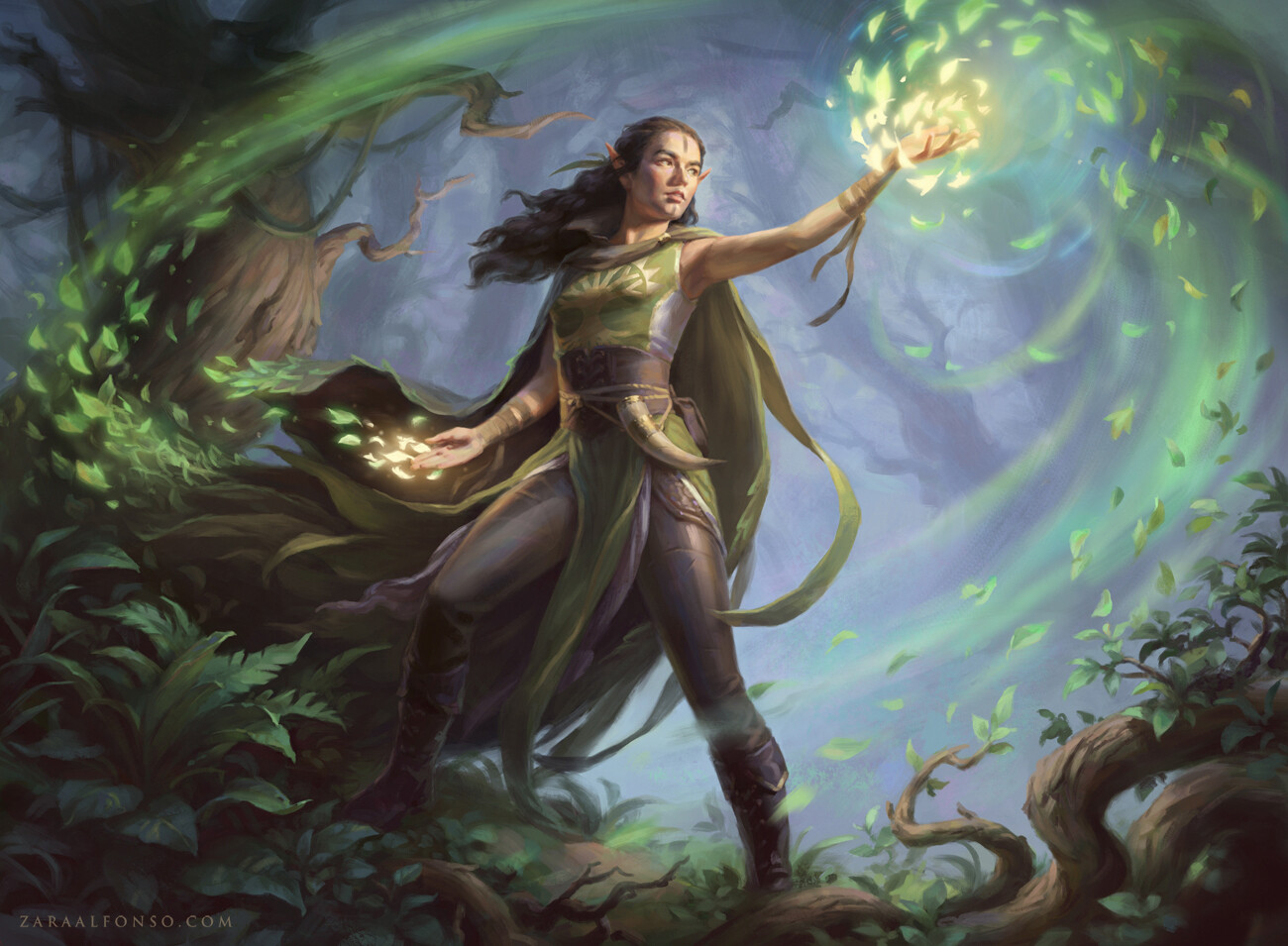
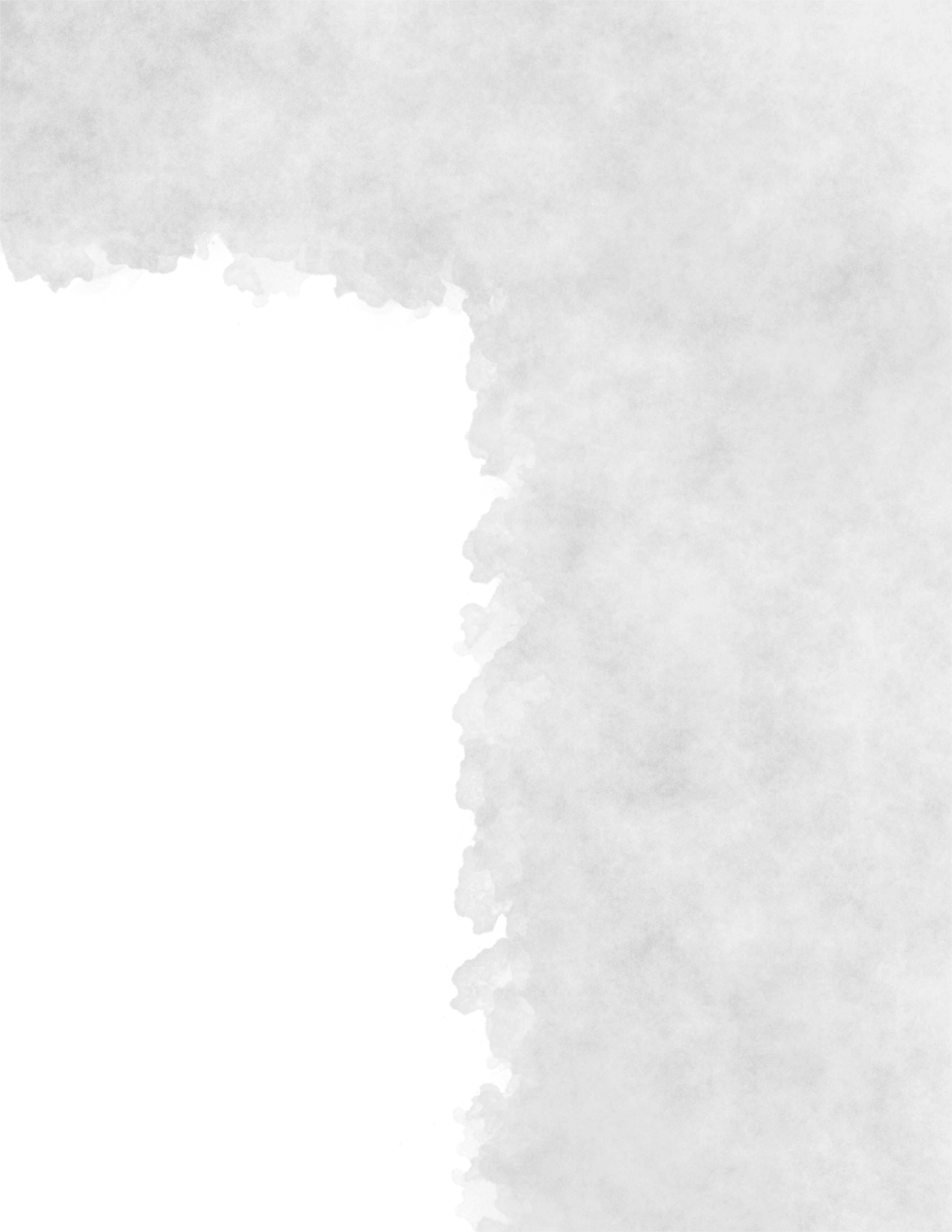



Tornado
6th-level evocation
- Casting Time: 1 action
- Range: 90 feet
- Components: V, S
- Duration: Concentration, Up to 1 minute
You beckon the winds to come together, creating a massive tornado at a point you can see within range. The tornado is a 30-foot radius, 80-foot high cylinder. Creatures that enter the tornado's area for the first time or start their turn in it must make a Strength saving throw. Creatures that are in the air have disadvantage on this saving throw. On a failure, the creature is trapped inside the tornado, they take 4d10 slashing damage and are thrown up to 40 feet in the air, up to a maximum of the tornado's height. On a success, they take half damage, and are not thrown in the air.
While a creature is trapped in the tornado, they are considered grappled, and ranged attack rolls against them have disadvantage. A creature trapped inside of the tornado moves with it. Any creature trapped in the tornado can use an action to attempt to escape it. The creature must make a Strength saving throw. On a success, they are no longer trapped in the tornado, and are thrown up to 60 feet in a random direction.
You can use a bonus action to move the tornado up to 60 feet. Additionally, you can use an action to end the spell early, causing the tornado to erupt. Every creature in the tornado's area must make another Strength saving throw. On a failure, they take 4d10 bludgeoning damage, and are thrown up to 60 feet in a direction of your choice. On a failure, they take half damage, and are not thrown.
At Higher Levels. When you cast this spell using a slot of 7th-level or higher, the slashing damage creatures take when they enter the tornado for the first time or start their turn in it increases by 2d10 for each level above 6th.
Wind Cutter
1st-level evocation
- Casting Time: 1 action
- Range: 60 feet
- Components: V, S
- Duration: Instantaneous
You send forth a blade of wind to slice into a creature you can see within range. Make a ranged spell attack against the target. If the attack hits, it deals 2d10 slashing damage.
At Higher Levels. When you cast this spell using a spell slot of 2nd-level or higher, you send one additional blade of wind for each level above 1st. You direct the blades at different targets or the same one. If you target one creature with multiple blades, you only make one attack roll, and they take an additional 1d10 slashing damage for each blade. If you send one or more of the additional blades at a separate target, you must make a new attack roll for each target. The target takes 2d10 slashing damage on a hit, plus an additional 1d10 slashing damage for every additional blade you direct at them.





Druid Revised
Become one with the wild with this homebrew revision of a class for the greatest roleplaying game! Take on animal forms, and connect to the different facets of nature to fuel your magic.
Class created by DM_Havuhk
Created using GMBinder
Art Credits:
Little Gifts - Castaguer93
Raina's Reflection - GoldenDruid
Dreaming - JeremiahMorelli
141 - geng kun
Night Elf Druid - Kaiyela
Circle of the Shepard Druid - legionario
Circle of the Spores - Joel Pigou
Nature's Aegis - Zara Alfonso
Tornado Drawing 2 - Ahmed A.wahab
If you like what you see, you can find more of my homebrew content over on my Reddit or my Tumblr page.
Reddit: u/DM_Havuhk
Tumblr: Elizabeth's Homebrew Emporium